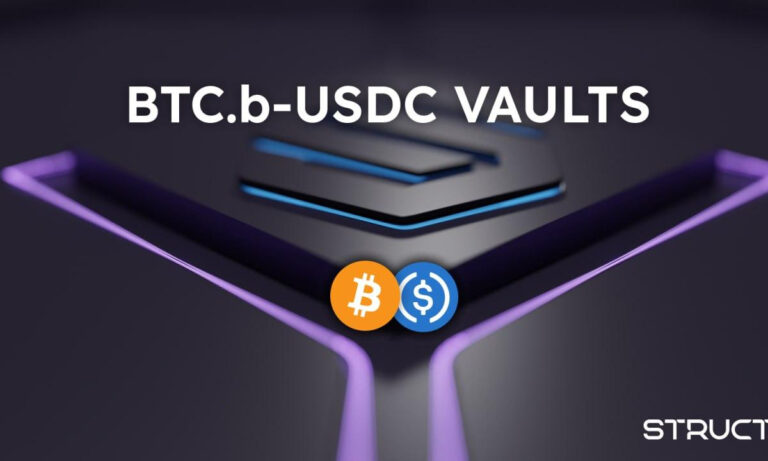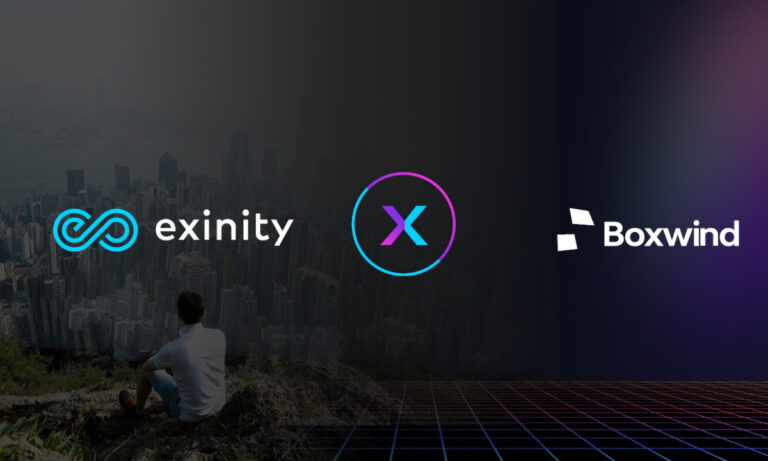Here’s What You Need to Know About Tokenization in Blockchain Technology.

- Tokenization is the process of converting the rights and ownership of a particular asset into a unique unit called a token
- Asset-backed tokens like stablecoins can be used for transactions. This reduces the dependency of enterprises on banks and other intermediaries.
Tokenization is the process of converting the rights and ownership of a particular asset into a unique unit called a token. Tokens are essentially digital representations of real-world assets, such as real estate, art, or even equity in a company.
Tokenization has a number of benefits, including:
- Increased liquidity: Tokenization can make assets more liquid, meaning that they can be bought and sold more easily. This is because tokens can be traded on exchanges, which makes them accessible to a wider range of investors.
- Lower costs: Tokenization can also reduce the costs associated with asset ownership. This is because tokens can be traded directly between parties, without the need for intermediaries such as brokers or banks.
- Enhanced transparency: Tokenization can increase transparency in asset ownership. This is because all token transactions are recorded on a blockchain, which is a public ledger that is transparent to anyone who wants to view it.
Tokenization is still in its early stages of development, but it has the potential to revolutionize the way we own and trade assets. As the technology matures, we can expect to see even more use cases for tokenization emerge.
Here are some specific examples of how tokenization is being used today:
- Real estate: Tokenization is being used to fractionalize ownership of real estate assets. This means that investors can buy a small piece of a property, rather than having to purchase the entire property outright. This makes real estate more accessible to a wider range of investors.
- Art: Tokenization is being used to create digital representations of physical artworks. These digital artworks can then be traded on exchanges, making them more liquid than traditional artworks.
- Equity: Tokenization is being used to create digital representations of equity in companies. This makes it easier for investors to buy and sell shares in companies, and it also gives investors more control over their investments.
Tokenization is a powerful new technology that has the potential to change the way we own and trade assets. As the technology matures, we can expect to see even more use cases for tokenization emerge.
The future of tokenization
The future of tokenization is very bright. As the technology matures, we can expect to see even more use cases for tokenization emerge. For example, tokenization could be used to:
- Tokenize intellectual property, such as patents and copyrights. This would make it easier for businesses to raise capital and to license their intellectual property to others.
- Tokenize carbon credits, which could help to reduce carbon emissions.
- Tokenize voting rights, which could make it easier for people to vote in elections.
The possibilities are endless. Tokenization is a powerful new technology that has the potential to change the world.












+ There are no comments
Add yours